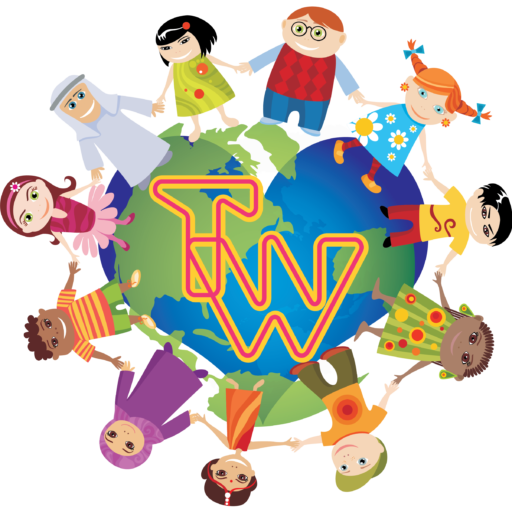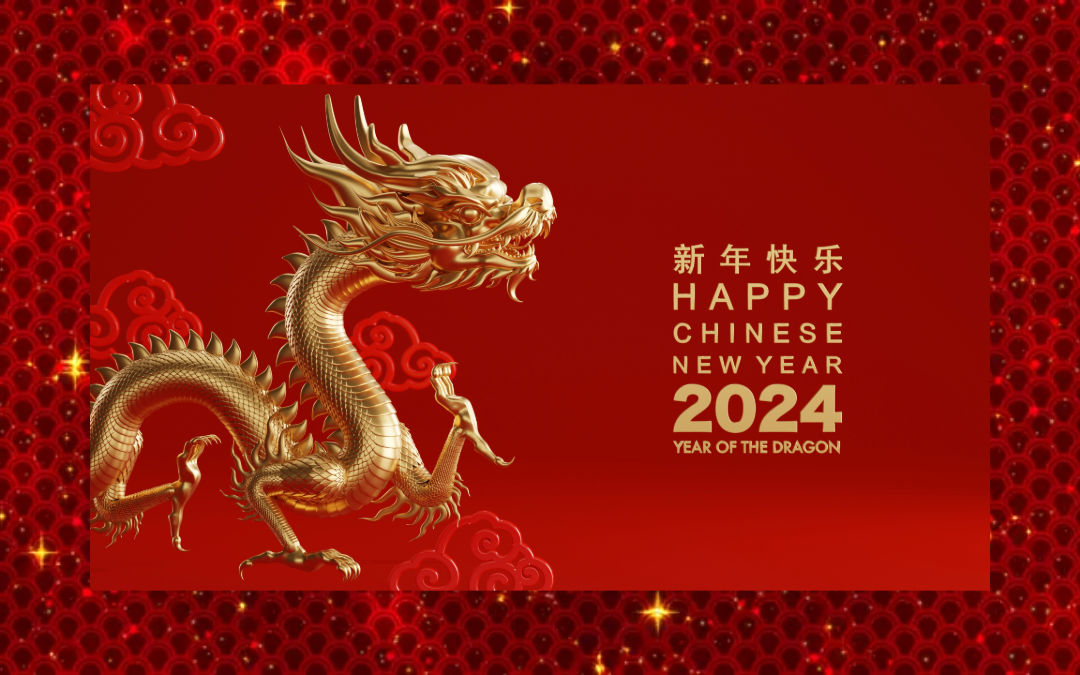The Chinese New Year is a celebration with many traditions. This year, it begins on Saturday, February 10, and it’s the year of the Wood Dragon. But what does this mean?
Why February 10? What is the meaning of the wood dragon? Why wood? You may ask.
I bet you have many more questions. Share them below in the comments, and I’ll try to answer them.
The Chinese Year aligns with the beginning of the Lunar Year, the second New Moon after the Winter Solstice. This means the Chinese New Year usually begins between January 21 and February 20.
This 2024, the second New Moon falls on Saturday, February 10, in China, marking the start of the New Chinese Year, also known as the Spring Festival.
This year, it is the year of the Wood Dragon. In Chinese culture, the dragon represents power, endless energy, vitality, goal orientation, determination, vision, idealism, and romance. Dragons know who they are and possess the strength to make their wishes come true. This is the kind of energy that we will see flowing this year.
With this fabulous energy, Chinese people worldwide celebrate the New Year from February 10 to February 24 with many activities and traditions.
Celebrations begin with New Year’s Eve on February 9, when families gather with a traditional dinner; they stay up until midnight to receive the new year. Then, February 10 is a day to visit relatives and ancestors’ graves.
Each day of the Spring Festival or Chinese New Year has a meaning and symbols that are traditions. For example, thriving adults give traditional presents like red envelopes with money to children and unemployed young adults starting their careers. The color red symbolizes good luck/fortune and happiness/abundance in Chinese culture, so it’s also traditional for people to dress in red these days.
People traditionally celebrate the dancing dragon performances on the 15th day of the New Year celebrations. The dragon represents prosperity, good luck, and good fortune. This celebration is especially important this year because it’s the year of the Dragon.
Food and sweets are also a tradition. One of the most traditional foods is the Eight Treasures Rice, which contains rice, walnuts, dry fruits, sweet red bean paste, jujube dates, and almonds. Also, the Tang Yuan is a black sesame rice ball soup, chicken, duck, fish, and pork dishes; the Song Gao is a sweet rice cake; and Jiu Niang Tang is a sweet wine-rice soup with small rice balls. People must prepare for the Chinese New Year and go shopping before it begins because most stores remain closed.
Finally, people attend the Lantern Festival on the last day of the Chinese New Year celebrations. This is a beautiful tradition. People make paper lanterns with a candle that helps them float like aerostatic balloons. Indeed, it is a gorgeous spectacle.
Sources:

